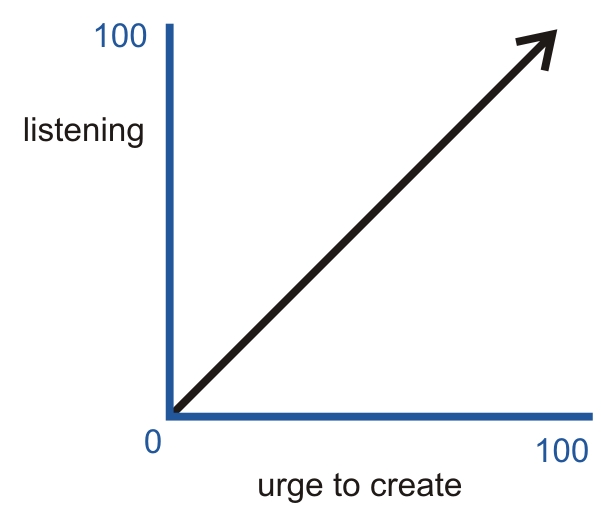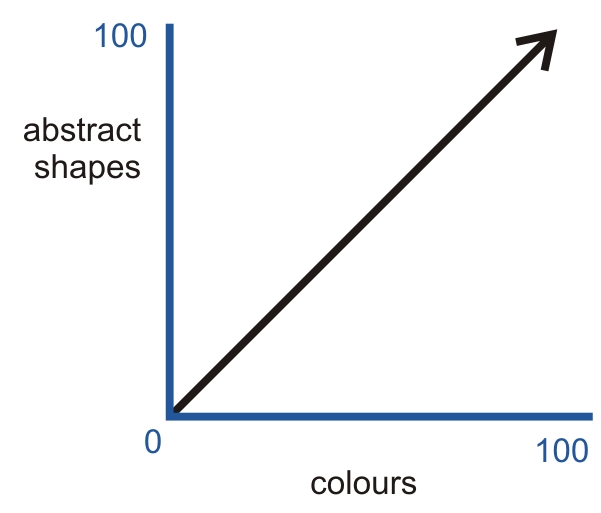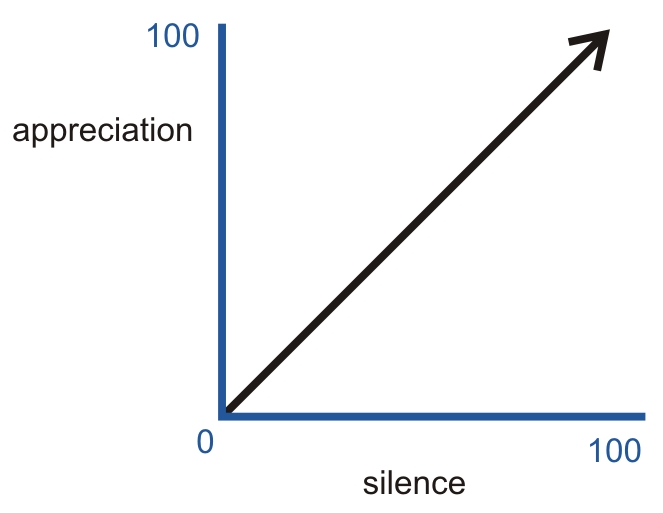Inspiration: a functional approach to creative practice.
PhD thesis in Art, Design & Media, by Gil Dekel.
13. Conclusion of body chapters 10-12
Observing the process of creating art works for this research, as well as reflecting on artists in the interviews I conducted, bring me to the conclusion that the stages of inspiration is an integral part of making art, and not an external part. Creativity manifests itself within reality, and in order to access it one needs to pay attention to the initial stages of the process where the artists are triggered to create.
Artists that I interviewed demonstrated a straight forward approach to life which consists of embracing rather than dividing. By embracing artists become sensitive to the minute stimulus or messages that are contained within the mundane and simple aspects of life. Instead of trying to make sense of those, artists open up to experience, and in that act they perceive beauty that inspires them to create and which delivers to them insights.
The documentations of my own creative processes, as well as making artworks and engaging with audiences, affirm this mode of artistic approach to life and demonstrate that art work can be employed as a useful tool that contains messages, emotional as well as intellectual. These conclusions suggest the need to learn to direct one’s attention to the initial stages in which the process of creativity is instigated.
I conclude that inspiration is an integral part of an inner process of making art while it is applied. With regard to gaining validation to this conclusion, I tested it by conducting an art workshop, hence contextualising this conclusion not just with artists but with non-artists as well. For the workshop I have tested the operational qualities or skills I observed in this research by which artists demonstrated opening up to creativity. The skills are summarised as follows:
Chapter 10 – Stimulation: the act of listening and urge to create. The more the artist listens the more he or she has a growing urge to crate (illustrated in graph 2).

Graph 2: Listening vs urge to create.
Chapter 11 – Internalisation: abstract shapes and colours. The more the artists are aware of an inner idea the more it will be perceived through abstract shapes, and the more the artists will try to illustrate this with intense colours (illustrated in graph 3).

Graph 3: Abstract shapes vs intense colours.
Chapter 12 – Application: appreciation and silence. The more artists appreciate life the more inner silence presents itself, allowing a form of inner communication with creative forces (illustrated in graph 4).

Graph 4: Appreciation vs silence.
These parameters of listening, images, colours, and urge to create were tested through the art workshop experiment, as described in the following chapter.
Table of Content:
